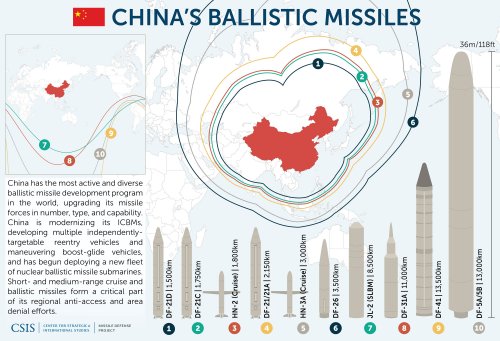1. Test the W76 warhead of our Trident submarine-launched ballistic missiles. This is the most survivable element of our Triad of delivery systems. Choose, at random, one of the oldest warheads currently at sea in the fleet, and detonate it underground in as realistic a test as possible.
2. Test the W78 warhead of our Minuteman III ICBMs. This is a different, but also very large, class of warheads ready for immediate launch. Again, a random choice of an old warhead.
3. Test the B61 bomb, America’s only “tactical” nuke, based in five European nations. It is now undergoing massive changes in a life-extension program, and we must be sure the changes haven’t altered basic performance.
4. Conduct low-yield tests exploring greater use of fusion, less of fission. Russia is now 20 years ahead of us in advancing this vital frontier of nuclear science. This is tomorrow’s tactical nuke, possibly leading to pure fusion weapons.
5. Conduct tests of the most prominent approaches for destroying hard and deeply buried targets with reduced residual radiation, leading to certified design and production. Critical targets of this type are proliferating worldwide, and we must be able to kill them.
6. Test, to certify for production, the final design of a modern, high-yield strategic deterrent weapon. This might well be a variant of the Reliable Replacement Warhead program, terminated in 2009.
7. Conduct tests of optimum nuclear designs for destruction of chemical and biological agents. When attacking chem-bio production facilities, weapon stockpiles, or weapon launch sites, it’s important to neutralize the agents as well.
8. Conduct tests of much-advanced intrinsic security systems, to ensure it would be impossible for any enemy to detonate a U.S. warhead they might acquire. We must be sure that incorporation of such systems do not impact warhead performance.

